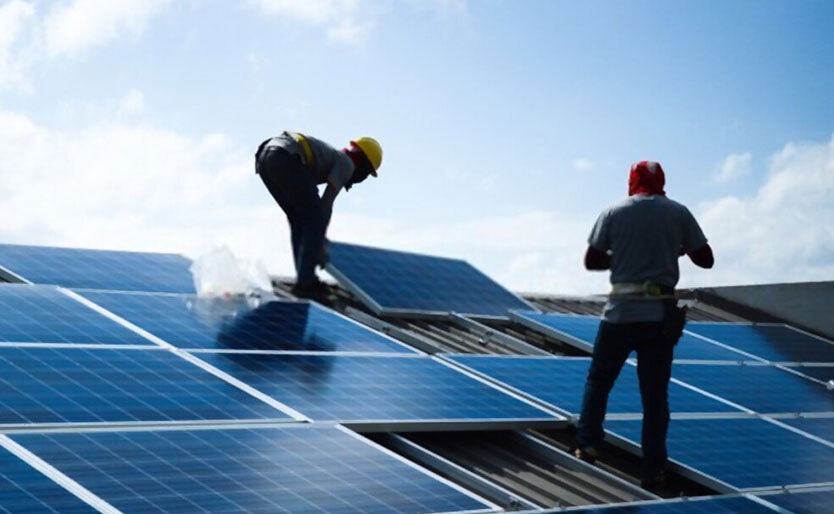It seems very simple to switch on a button and get the conveniences which you need. Either you are feeling hot or cold; you just need to switch a button. But have you ever wondered about the process behind the generation of electricity? Well, the backstage process is really complex and interesting as well.
We – Quick Spark – in this article, will explain to you the procedure by which electricity is generated and reaches your home.
Generation of Electricity
The generation of electricity starts at the power plant. The fuel used by the power plant determines its type. The types of power plants include; coal, hydro, and natural gas. For instance, if a power plant runs on coal, the first step includes crushing the chunks of coal into small pieces and converting them into powder. The powder is then thrust into the combustion unit, where it is burned. The steam produced during the process of burning the coal is then sent to the turbines.
Turbines/Generator
Steam is basically water under very high pressure. The steam is sent to the turbines, which make them run at a very high speed. The turbine and generator are connected with a shaft. The generator has a magnetic field inside it, which produces the voltage. The range of voltage is roughly 15,000 volts (V). When the turbines are running, the shaft makes the generator run too by which generator produces electricity.
Transmission Substation
The power produced at the power station is of high voltage. It is transferred to the substation at the power plant. At the transmission substation, the voltage is increased further to about 115,000 – 500,000 V. It is done for efficient transmission of electricity via lines.
Transmission Lines and Poles
When the power is stepped up to the desired voltage, it is then transferred to the transmission system. The lines and poles constitute the transmission system; they can be either joined or separate. The process of transmitting electricity is complex and critical in nature. For that matter, the environmental conditions are taken into consideration for maximum safety and reliability.
The technical complications are dealt with beforehand through proper planning. The research allows foreseeing the conditions which can affect the transmission of electricity. The transmission lines are actually the key components that transmit the electricity, and they must be efficient in their nature.
Switching Station
The electricity via the lines and poles reaches its delivery point. At this point, the voltage is reduced with the help of step-down transformers. In the first step of the distribution system, 115,000-500,000V are reduced to about 115,000 – 46,000V.
The systems are highly complicated and take years to implement. The planning and development take a lot of effort. But, the convenience which these efforts yield in our lives is worth it.
We at Quick Spark have an expert team of electricians who can provide highly professional services regarding electrical services and maintenance. If you have too high or too low voltage, your expensive electrical equipment can get damaged. In order to deal with it, we offer professional services at highly competitive rates. You can contact us by placing a call or through our website https://getquickspark.com.au

